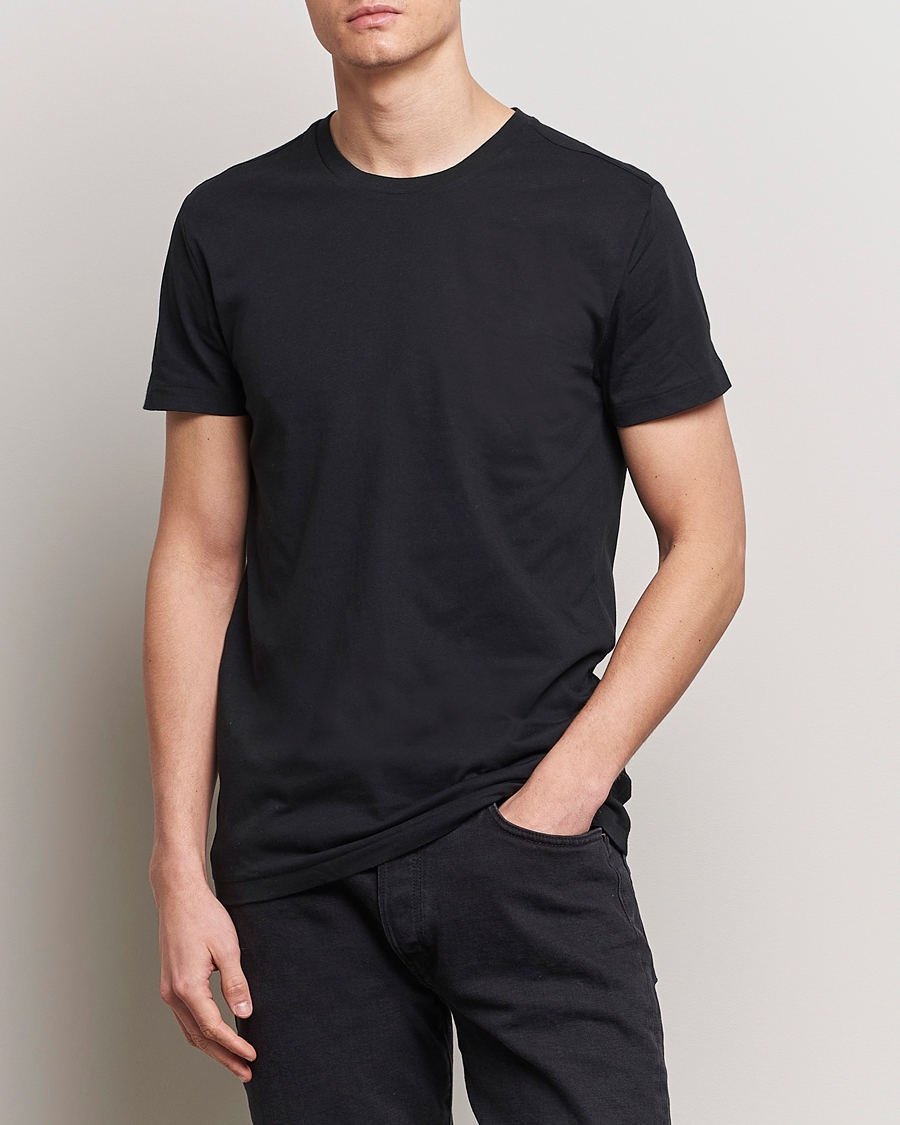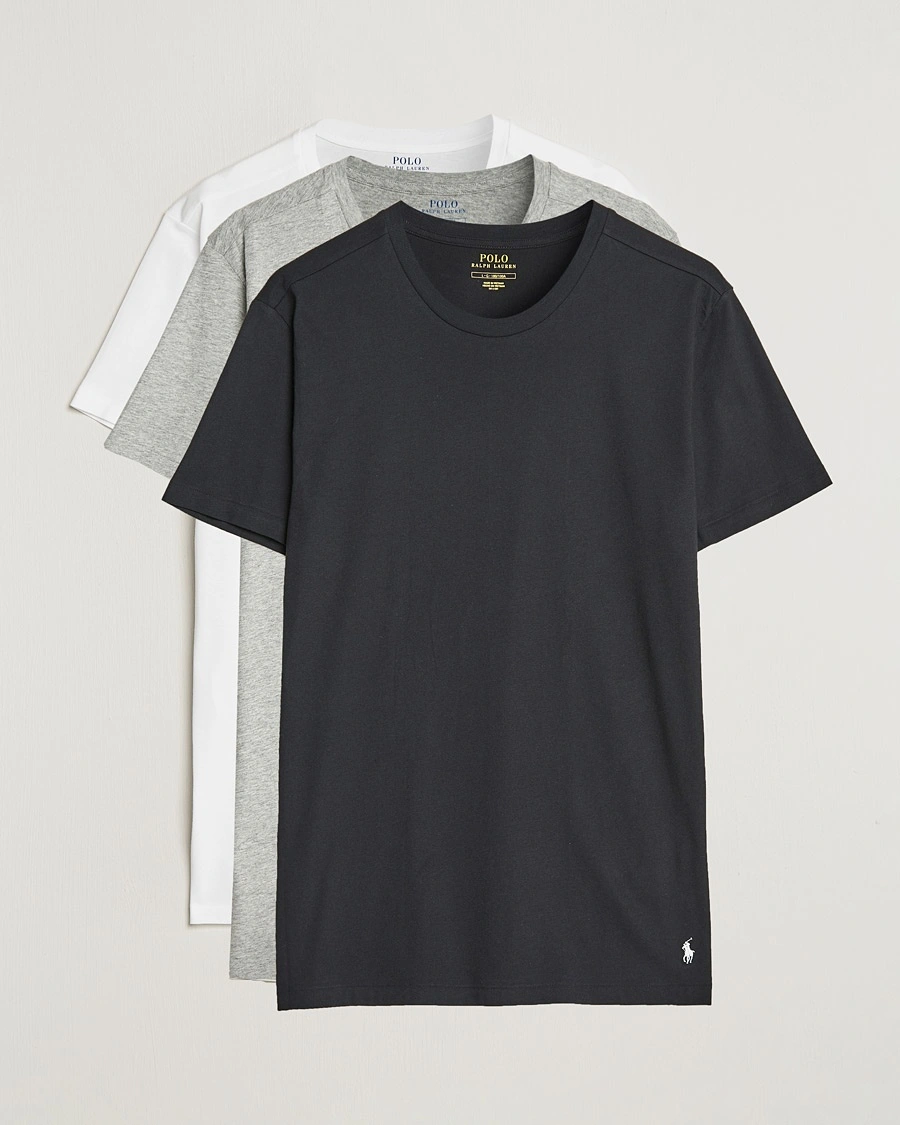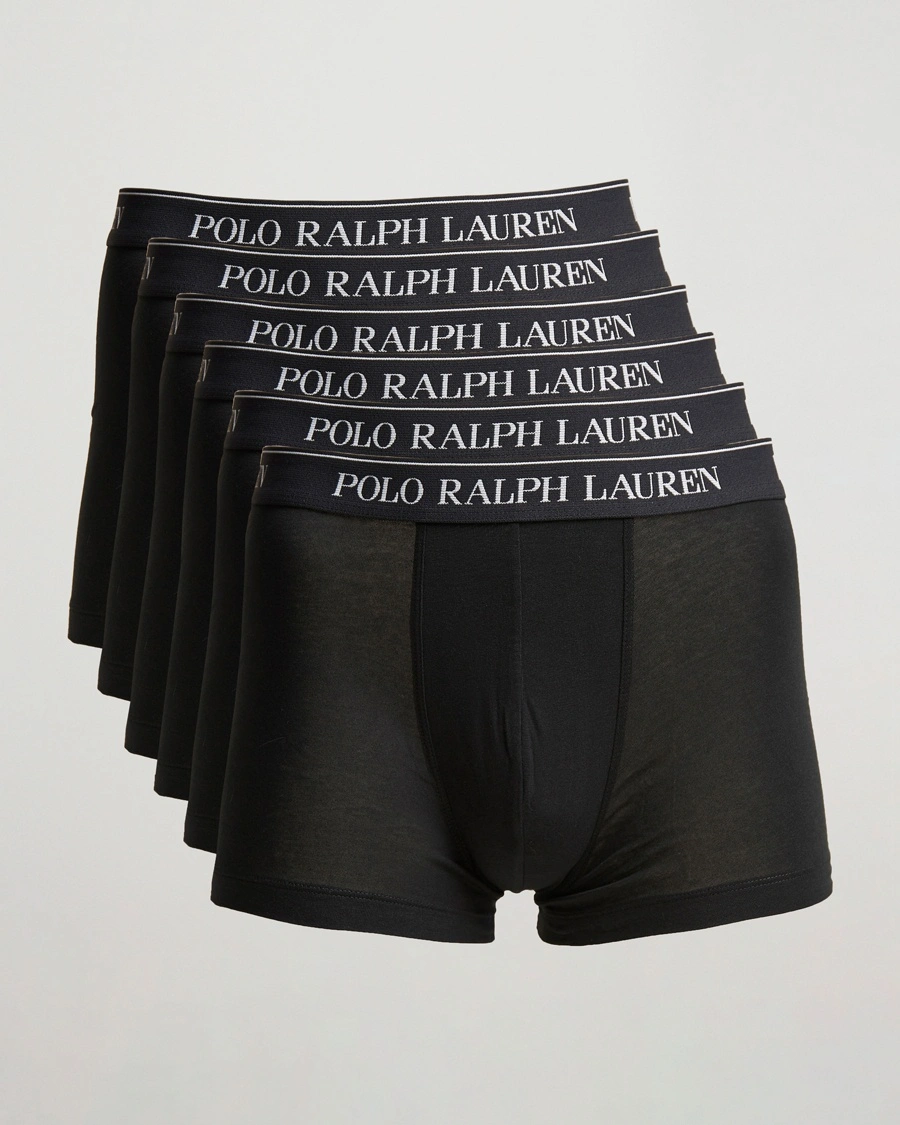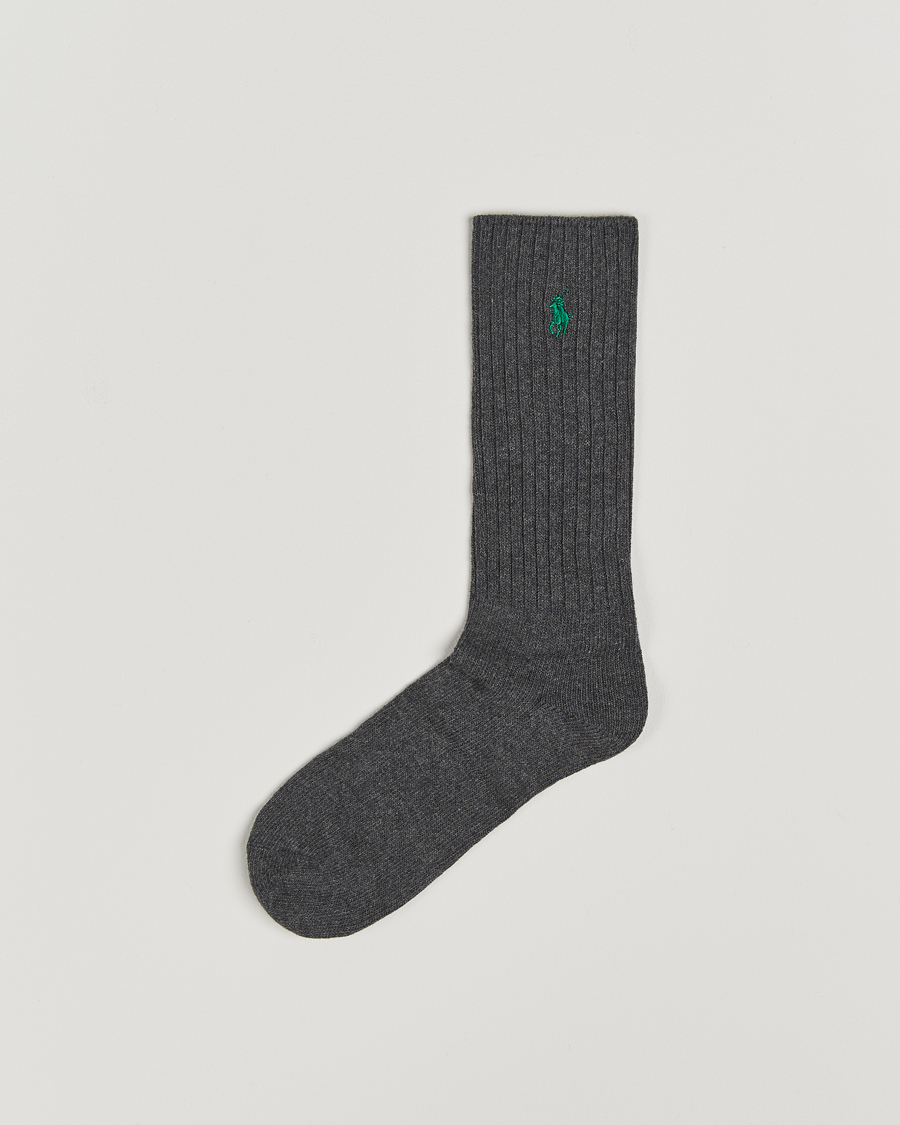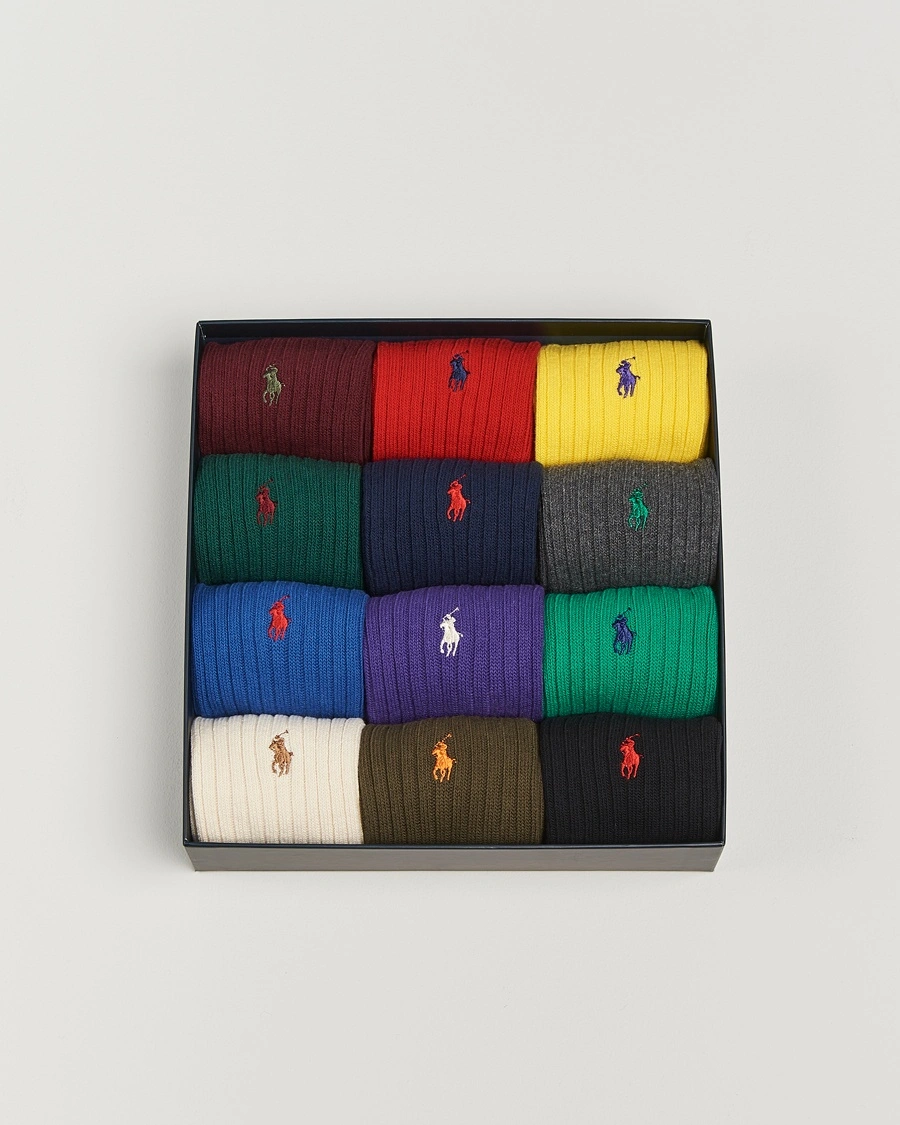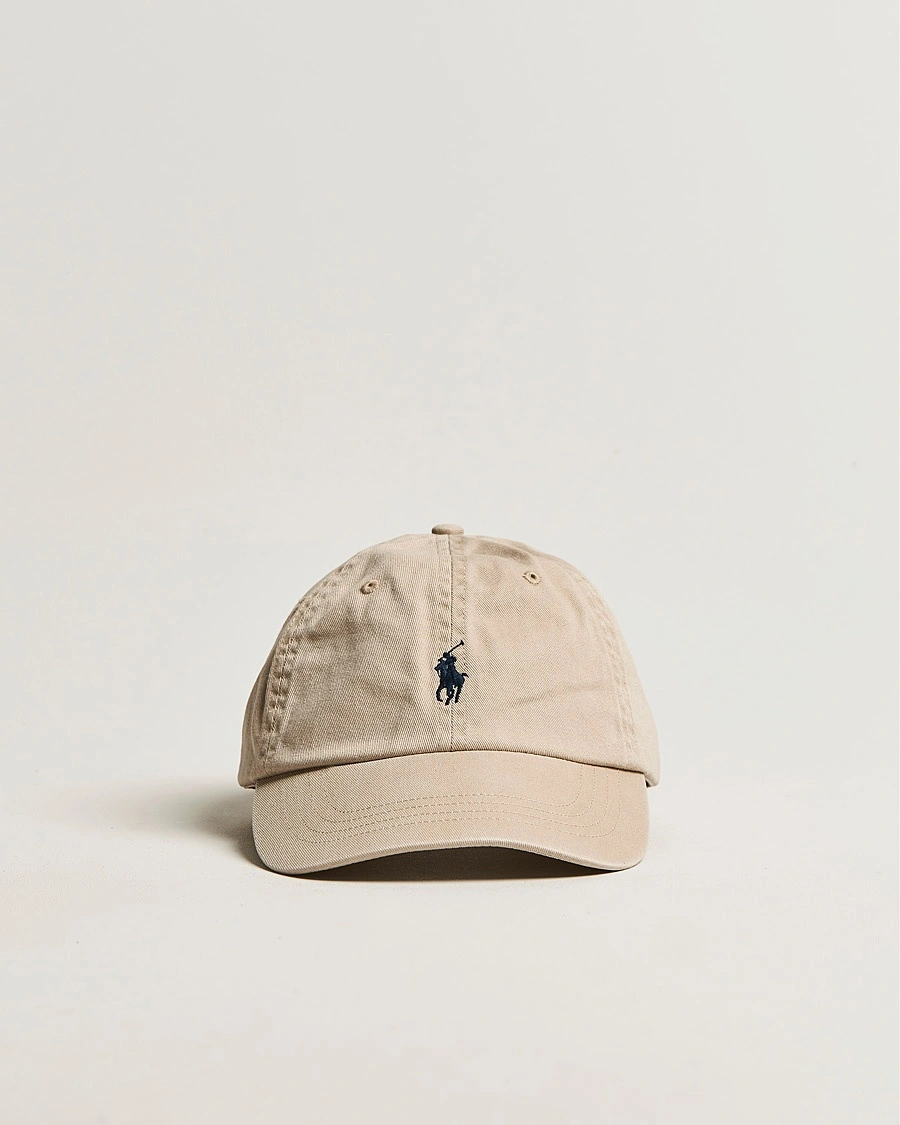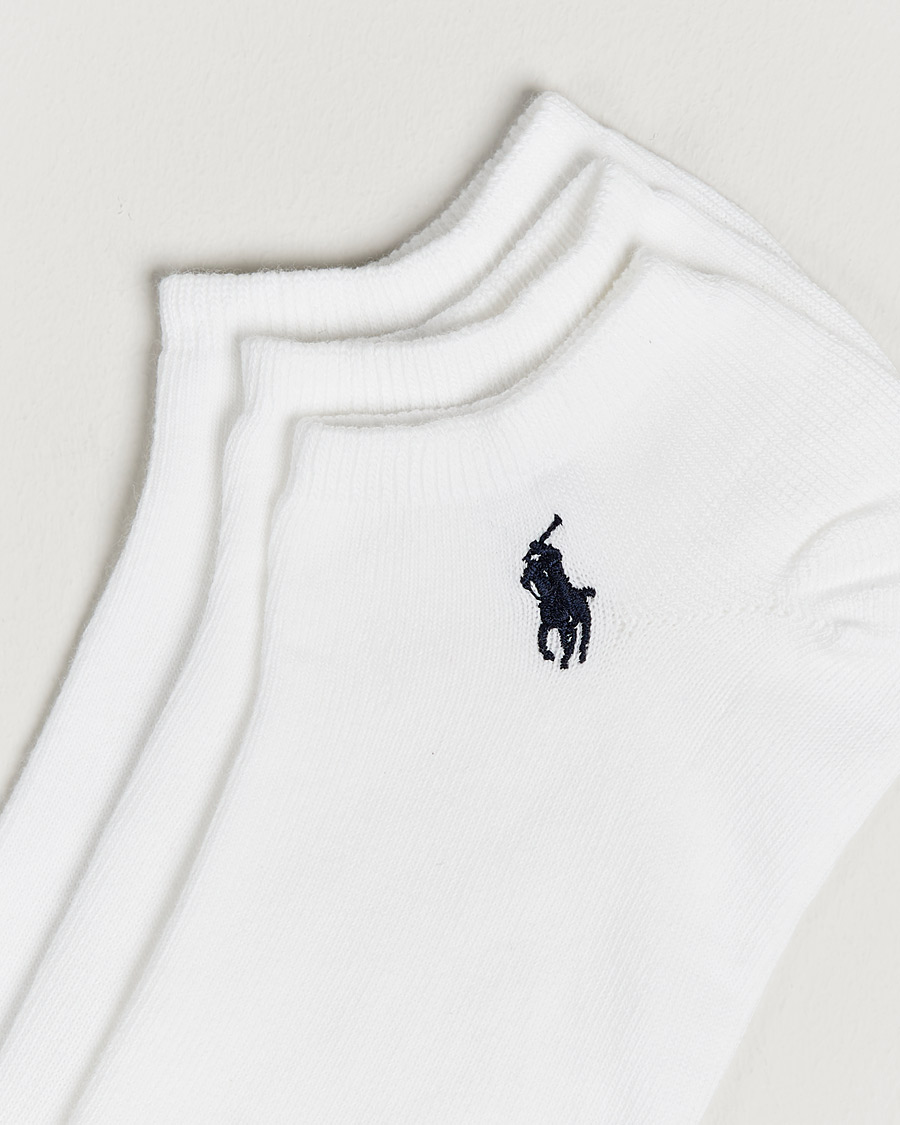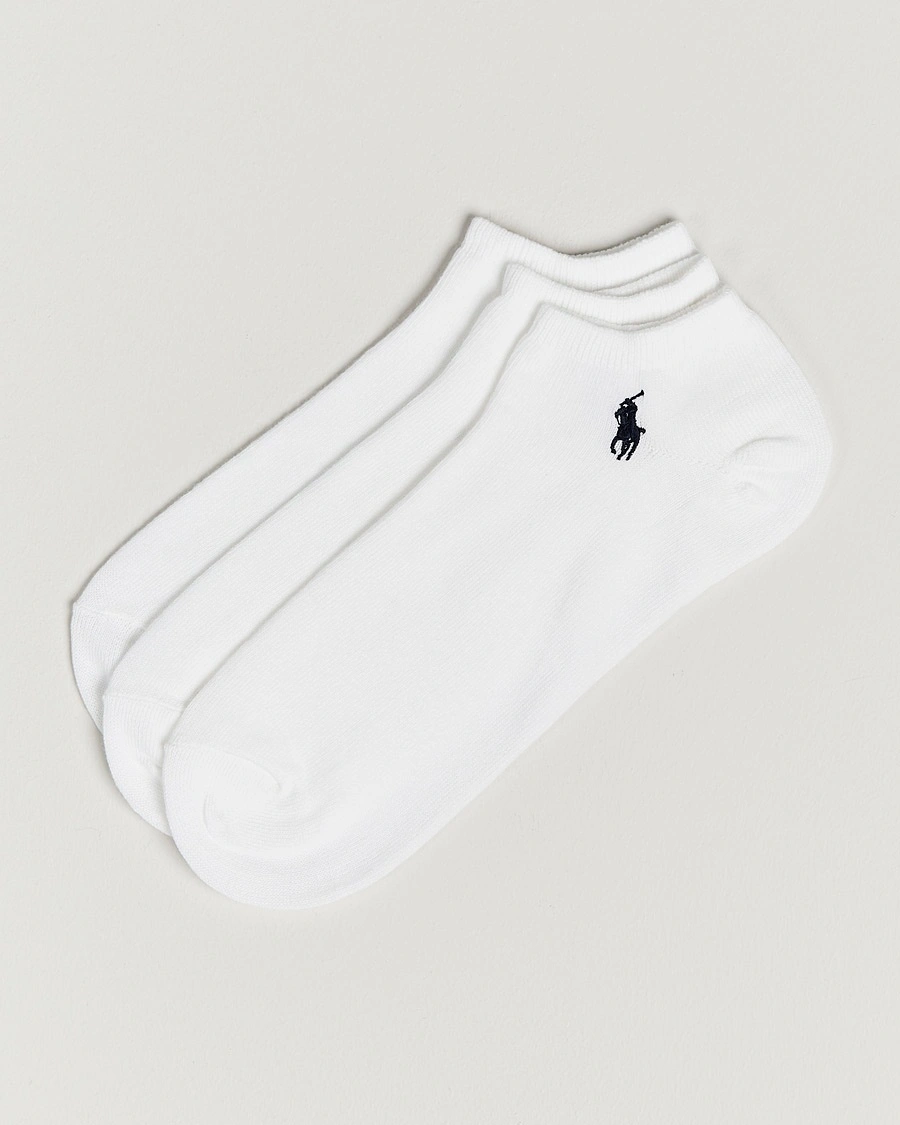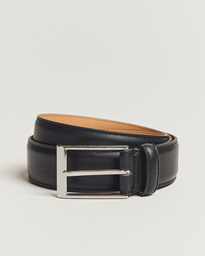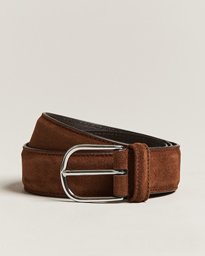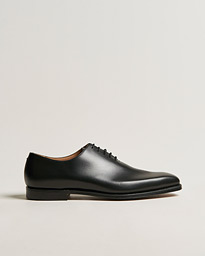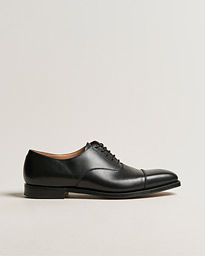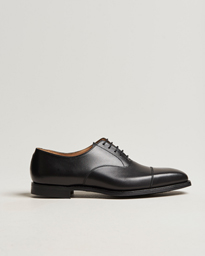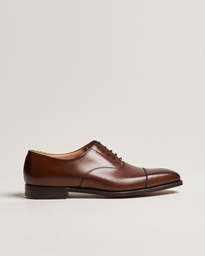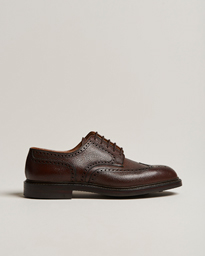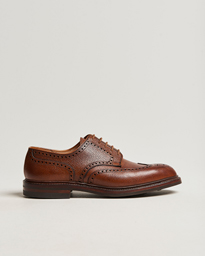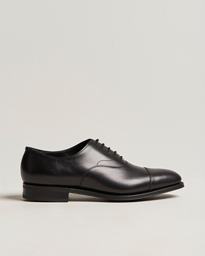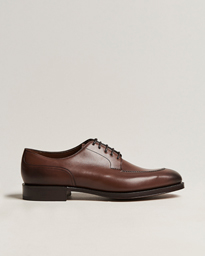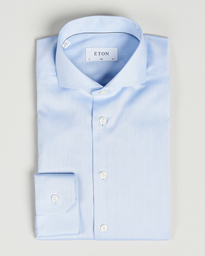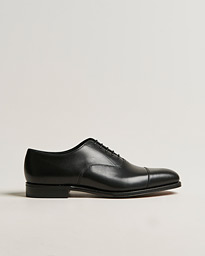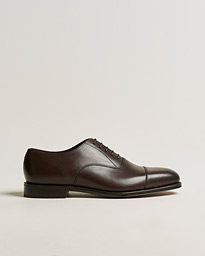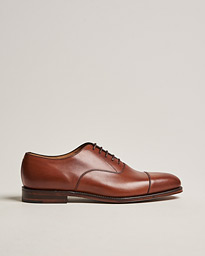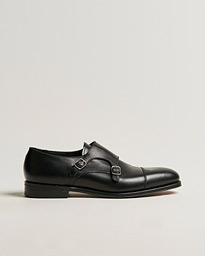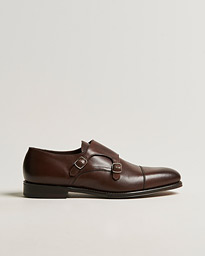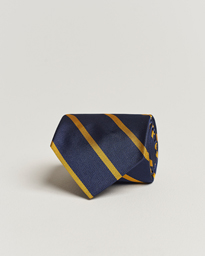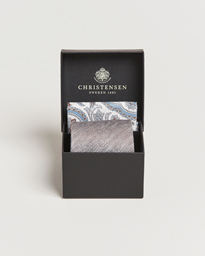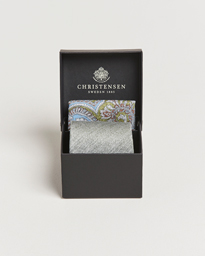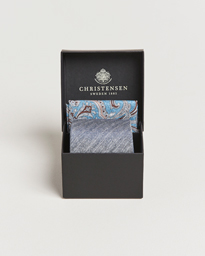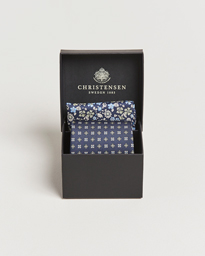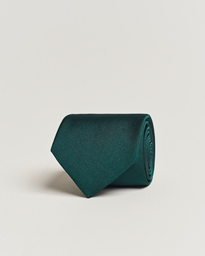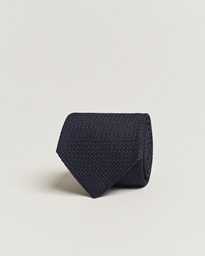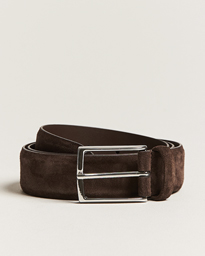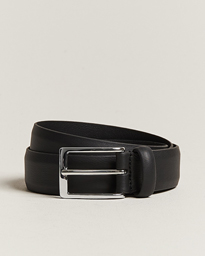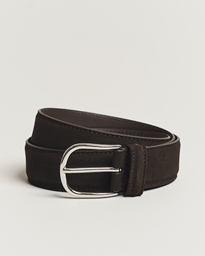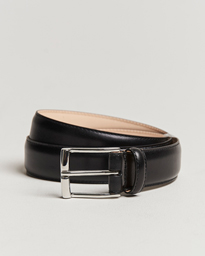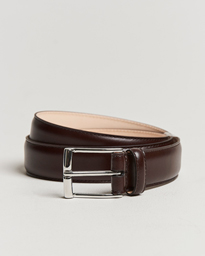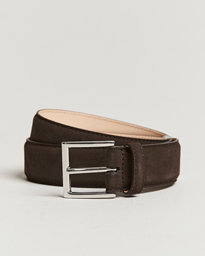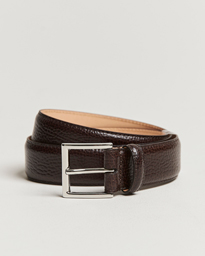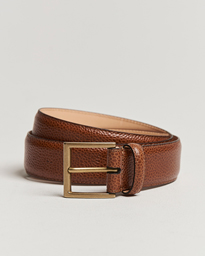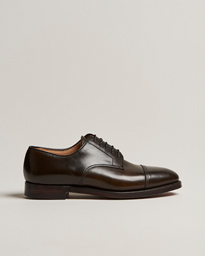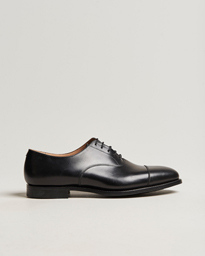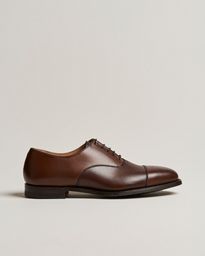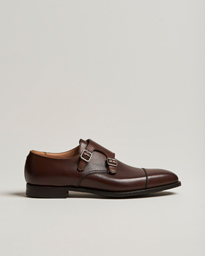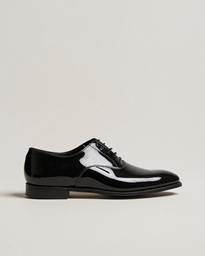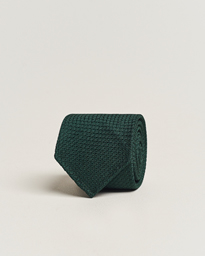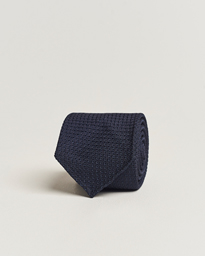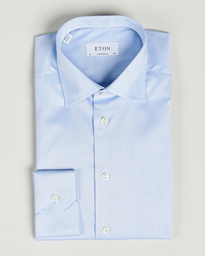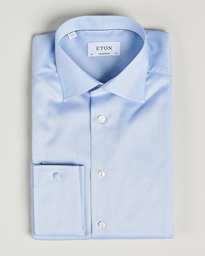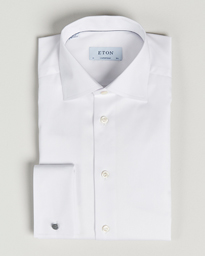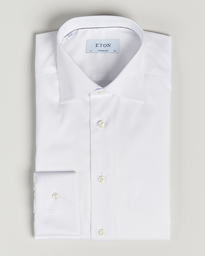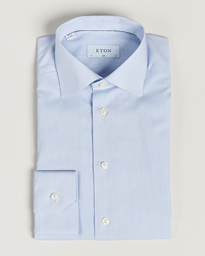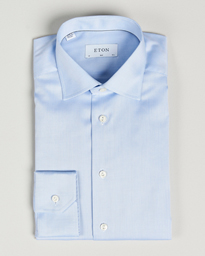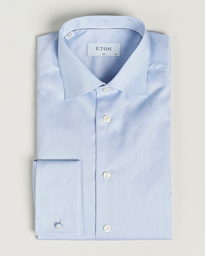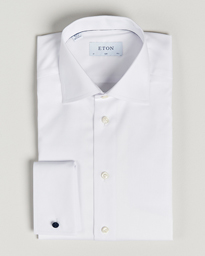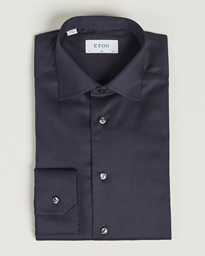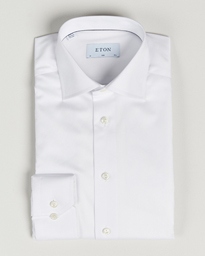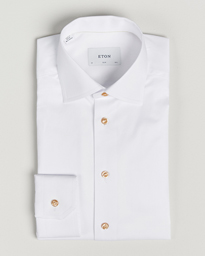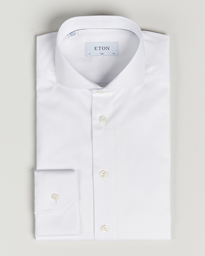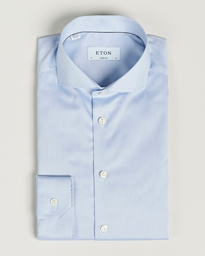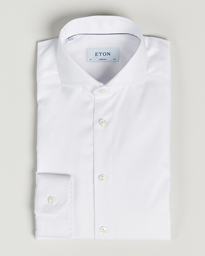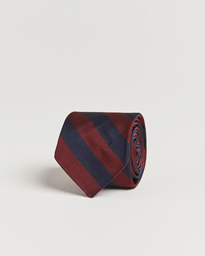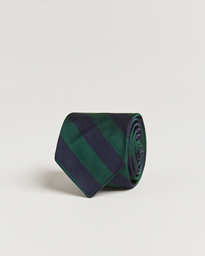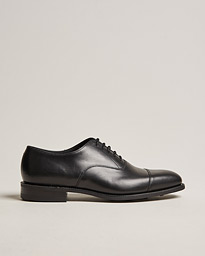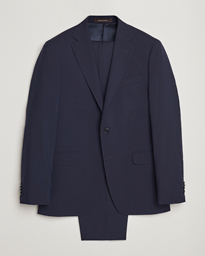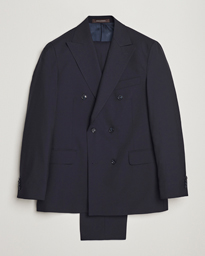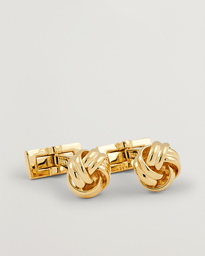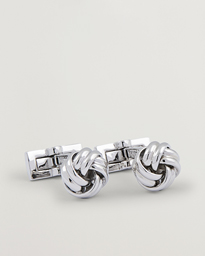
Dress Code: Dark Suit
A Dark Suit dress code is one of the best ways to indicate to your guests the expected level of formality when celebrating a special occasion or just indulging in a timeless and stylish way to dress up.
Text: John Carrington
Updated: 2022-09-13
The dark suit-dresscode is undoubtedly one of the most common and timelessly stylish ways for hosts to guide their guests on how to dress for a special occasion.
Once upon a time, dress codes were set in stone and not to be tampered with under any circumstances. How strictly this dress code should be interpreted or executed has, however, become somewhat less strict over time in regard to colour choice or even very discreetly patterned suits. Men with a deep sense of style will often know intuitively what might be appropriate. If you still feel unsure, the best way to find out is to contact the host.
Internationally speaking, there are a number of names for dress codes that correspond closely to what we refer to as Dark Suit here. Examples include 'Dark Business Suit', 'Informal Suit' and 'Dark Lounge Suit'. These all have some subtle differences compared to the Dark Suit dress code discussed here, but are, in general, much the same.
What Does Dark Suit Entail?


The suit jacket can be either single-breasted or double-breasted. Just make sure you know which buttons to button. If you want, you can also wear a vest under the blazer, that is, a so-called three-piece suit. The only important thing is that the vest is of the same fabric and color as the rest of the suit.
• White dress shirt
• Tie or bow-tie
• Pocket square
• Dark, formal shoes
Your suit may be patterned, but very discreetly. A patterned fabric instantly makes your suit less formal. Examples that might work are very subtle pinstripes, hardly noticeable other than up-close. For the daring gentlemen, a very subtle tone-on-tone checked pattern is also an option. One suggestion embraced by the most well dressed of men, is a subtle herringbone woven fabric which adds depth and panache. The fabric should preferably be of a lighter weight woollen construction with a high thread count. The suit jacket may be single or double-breasted. Do make sure though to have full knowledge about which buttons are to be done up, and when. For suits with two or three buttons, the lowest button is never to be done up. For a three-piece suit with a waistcoat, it goes without saying that the waistcoat should be of the same fabric as the rest of the suit.
Once upon a time, dress codes were set in stone and not to be tampered with under any circumstances. How strictly this dress code should be interpreted or executed has, however, become somewhat less strict over time in regard to colour choice or even very discreetly patterned suits. Men with a deep sense of style will often know intuitively what might be appropriate. If you still feel unsure, the best way to find out is to contact the host.
Dark Suit: Level of Formality
The dark suit dress code is considered as semi-formal to formal, resting quietly and comfortably right under "black tie" on the formality scale. It is one of the most common dress codes for the somewhat formal occasions you might encounter in life. With this article, we therefore hope to familiarise you a bit more with the expectations that come with the dark suit dress code.When Does the Dark Suit Dress Code Apply?
The Dark Suit dress code is suitable for most formal occasions, from noon until late. To give some examples of when Dark Suit might be encountered, we can mention anniversary dinner parties, weddings, opening night concerts or theatre productions, galas, christenings or other formal receptions. Of course, this might vary depending on where in the world you are based. With a white shirt, and the customary tie colour in your culture (often black), the dark, or rather, black suit is often the appropriate choice for funerals, provided no other dress code has been provided.Internationally speaking, there are a number of names for dress codes that correspond closely to what we refer to as Dark Suit here. Examples include 'Dark Business Suit', 'Informal Suit' and 'Dark Lounge Suit'. These all have some subtle differences compared to the Dark Suit dress code discussed here, but are, in general, much the same.
What Does Dark Suit Entail?


The suit jacket can be either single-breasted or double-breasted. Just make sure you know which buttons to button. If you want, you can also wear a vest under the blazer, that is, a so-called three-piece suit. The only important thing is that the vest is of the same fabric and color as the rest of the suit.
The Dark Suit in Bullet Points
• Dark suit• White dress shirt
• Tie or bow-tie
• Pocket square
• Dark, formal shoes
The Suit
As the name implies, your suit is to be dark. Dark grey to charcoal, or dark blue to navy are good options. Black may also work, but is still often considered a colour of mourning best suited to funerals. A dark olive suit is a less predictable choice, being so dark that its green tones can only be determined at close quarters.Your suit may be patterned, but very discreetly. A patterned fabric instantly makes your suit less formal. Examples that might work are very subtle pinstripes, hardly noticeable other than up-close. For the daring gentlemen, a very subtle tone-on-tone checked pattern is also an option. One suggestion embraced by the most well dressed of men, is a subtle herringbone woven fabric which adds depth and panache. The fabric should preferably be of a lighter weight woollen construction with a high thread count.
The Shirt
The Dark Suit dress code calls for a white dress shirt from a good-quality cotton fabric. It may have either a single or double cuff and so called 'button-down' collars should be avoided as they create a less formal look. Even a hint of colour makes the shirt feel considerably less formal and thus unsuitable for most occasions with a Dark Suit dress code.The Necktie or Bow-Tie
To adhere fully to the dress code, you are expected to wear a dark tie or bow-tie. Silk accessories make a classically formal impression, but delicate, matte woollen fabrics can add a serious amount of style to your ensemble. Bear in mind that, in many cultures, black ties are often associated with mourning and that it is not uncommon for waiters at formal occasions to wear black bow-ties with white shirts and black blazers.Ties and bow-ties with subtle, small-scale patterns are the most suitable in this context. Once again, patterns that are just woven tone-on-tone into the structure of your tie are an excellent choice to add an interesting, yet not too eye-catching, touch. Woven paisley pattenrs are particularly stylish. To wear a tie of the same colour as your suit, in the same or a somewhat darker shade, is one of the most stylish ways to execute this dress code. Tie colours like dark navy, charcoal, burgundy, dark brown and dark olive green are good choices. No stylish man wears pre-tied bow-tie unless they are policemen (and the tie is attached with Velcro), or if they are under the age of five. Bow-ties in particular should preferably be hand-tied for the right level of style.
The Pocket Square
A pocket square in the jacket chest pocket is not a must, but all the same, a well-appointed pocket square elevates the style of your ensemble considerably. The most understated and ultimately most stylish choice is a crisp, white pocket square made of a fine cotton or linen fabric, with the latter adding a hint of texture. If the hem bears a subtle dark colour harmonising with your suit, this is another understated and style-elevating detail. If choosing a coloured and patterned handkerchief in silk or other fabric, refrain from using one made of the same fabric as your necktie. Let the main colour of the handkerchief harmonise, rather than contrast, with the colour of your suit, and let its pattern connect to the shirt and tie.The Shoes
Your shoes should be of a formal model, preferably an Oxford or Derby shoe. The Oxford is regarded the most formal choice. So-called monkstrap shoes can also be a good choice due to their sleek and uncluttered nature, but are also considered a less formal shoe.When it comes to colour, black is the natural choice, but very dark brown could also be appropriate depending on the conservatism of the event you are attending. The socks you wear should preferably be of the same colour as your suit. A lightweight woolen knit is a comfortable and good-looking alternative.
Accessories
In general, most formal dress codes leave very little room for accessorising in a way that expresses your personal style. We have already discussed a couple of options in the sections on ties and pocket squares.Cufflinks: If you wear a shirt with a double cuff, the cufflinks you wear are a great way to express personality and style. They can display a family crest, connections to societies you might belong to, or other interesting options. A well-chosen cufflink can also make for a nice conversation piece. You will however benefit from choosing them with care and finesse. Inherited, worn, and patinated items are the hallmarks of true style. Let the metal of your cufflinks harmonise with your belt buckle and watch, should you wear one.
The belt: We would initially like to point out that your trousers are meant to stay in place without the aid of a belt. If you need a belt to keep them up, the waist is too wide and should be taken in by your tailor. A belt is not essential when wearing a suit, but if you find them to be a nice extra detail, it should be of the same colour as your shoes.
The wristwatch: The wristwatch is one of the few pieces of jewellery a man can wear in such situations. The watch you choose to wear with your suit, is perhaps the detail that says the most about your style and personality. The topic of formal wristwatches is so vast it is enough for separate editorials in itself. If you are a person that does not have a particular interest in watches, a neat dress watch with a leather strap harmonising with your shoes is a good choice.
Do you want to continue where you were?
Customer service
FAQ
Answers to the most frequently asked questions can be found here.
We aim to reply to your email within one working day.
Personal Style Advice
We currently offer personal style advice through both digital and in-person customer meetings near our headquarters in Borås, Sweden.
If you're interested in booking a session with our personal shopper, send an email to us at [email protected], specifying whether you prefer a digital or in-person meeting, and we will get back to you with more details and available time slots.
Our style advisors look forward to helping you update your wardrobe and invest in timeless, quality garments!
Log in
Choose your delivery country
-
Sweden
-
Denmark
-
Norway
-
Finland
-
Germany
-
Austria
-
Belgium
-
Ireland
-
Croatia
-
Cyprus
-
Czech Republic
-
Estonia
-
Greece
-
Hungary
-
Liechtenstein
-
Lithuania
-
Luxembourg
-
Malta
-
Poland
-
Portugal
-
Slovakia
-
Slovenia
-
Bulgaria
-
Latvia
-
Romania
-
Netherlands
-
France
-
Switzerland
-
Spain
-
Italy
-
United Kingdom
-
Saudi Arabia
-
New Zealand
-
Taiwan
-
United Arab Emirates
-
Japan
-
Australia
-
Canada
-
United States of America
-
South Korea
-
Hong Kong
-
Singapore
-
Kuwait
-
Malaysia
-
Qatar





